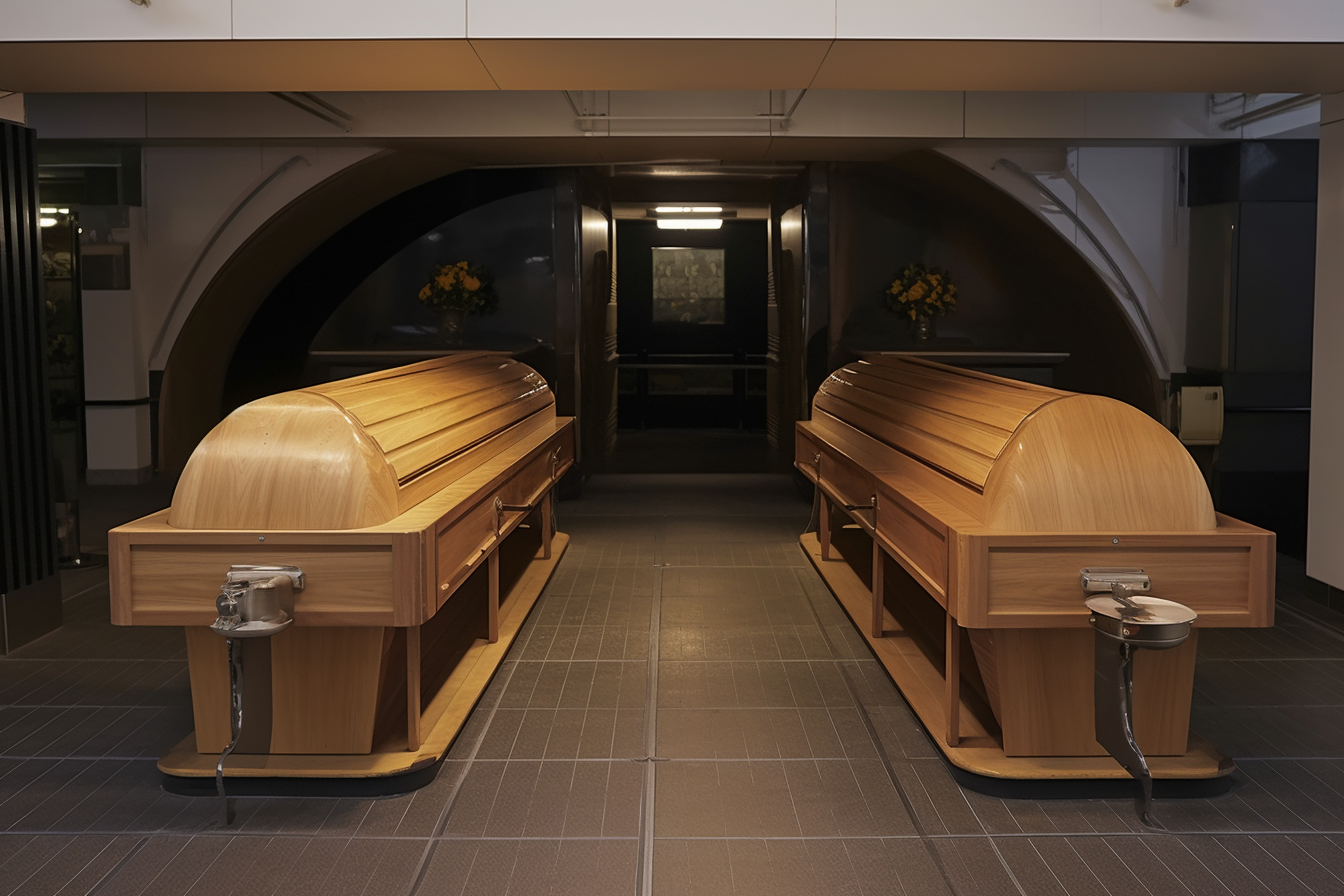A Comprehensive Guide to the Cremation Process: A Step-by-Step Breakdown
Understanding the cremation process can help families make informed and thoughtful decisions during a difficult time. This article offers a clear, respectful, and detailed look at each step involved, from preparation to the final tribute, helping you navigate the process with confidence and clarity.

What are the initial steps in the cremation process?
The cremation process begins with careful preparation. First, the deceased is identified, and all necessary paperwork is completed. This includes obtaining a death certificate and any required permits. The body is then prepared for cremation, which may involve removing any medical devices or implants that could be hazardous during the process. The deceased is placed in a cremation container, typically made of combustible materials like cardboard or wood. At this stage, families may choose to have a viewing or ceremony before the cremation takes place.
How is the actual cremation carried out?
Once all preparations are complete, the cremation itself begins. The container with the deceased is placed in the cremation chamber, also known as a retort. The chamber is heated to extremely high temperatures, typically between 1,400 and 1,800 degrees Fahrenheit. During this process, which usually takes two to three hours, the body and container are reduced to bone fragments. These fragments are then cooled and processed into a fine, sand-like consistency, which forms the cremated remains, often referred to as “ashes.”
What can families expect during the cremation process?
While families are not present during the actual cremation, they can expect clear communication from the crematorium or funeral home throughout the process. Most facilities have strict protocols to ensure the deceased is treated with respect and dignity. Families can usually expect to receive the cremated remains within a few days to a week after the cremation, depending on local regulations and the facility’s procedures. During this time, families may be asked to make decisions about urns or other containers for the remains.
How should one prepare for a cremation service?
Preparing for a cremation service involves several considerations. First, decide whether you want to hold a viewing or ceremony before the cremation. If so, you’ll need to plan the details of this event, including location, timing, and who will attend. Next, choose an urn or container for the cremated remains. Consider your plans for the remains – will they be scattered, buried, or kept at home? This decision may influence your choice of container. Additionally, gather any personal items or mementos you wish to include in the cremation container, keeping in mind any restrictions the crematorium may have.
What are the options for memorialization after cremation?
After cremation, there are numerous ways to memorialize your loved one. Some families choose to scatter the ashes in a meaningful location, while others opt for burial in a cemetery plot or columbarium niche. Cremated remains can also be incorporated into jewelry, artwork, or even artificial reefs. Some innovative options include transforming a portion of the ashes into a diamond or sending them into space. Many families also create memorial websites or hold celebration of life events to honor their loved one’s memory. The key is to choose a method that feels meaningful and appropriate for your family and the deceased’s wishes.
How does one choose a crematorium or funeral provider?
Selecting a crematorium or funeral provider is an important decision. Start by researching local options and reading reviews from other families. Consider visiting multiple facilities to get a sense of their services and atmosphere. Key factors to consider include:
-
Licensing and accreditation
-
Range of services offered
-
Transparency in pricing and procedures
-
Ability to accommodate specific cultural or religious needs
-
Staff professionalism and compassion
It’s also wise to compare pricing among different providers. Here’s a comparison of average cremation costs from several national providers:
| Provider | Basic Cremation | Cremation with Memorial Service | Additional Services |
|---|---|---|---|
| Neptune Society | $2,000 - $2,500 | $3,000 - $4,000 | Preplanning, travel protection |
| National Cremation | $1,500 - $2,000 | $2,500 - $3,500 | Online arrangements, veterans services |
| Cremation Society of America | $795 - $1,195 | $1,995 - $2,995 | 24/7 availability, nationwide service |
| Smart Cremation | $895 - $1,395 | $2,195 - $3,195 | Pet cremation, prearrangements |
Prices, rates, or cost estimates mentioned in this article are based on the latest available information but may change over time. Independent research is advised before making financial decisions.
In conclusion, understanding the cremation process can greatly assist families in making informed decisions during a challenging time. From the initial steps to the final memorialization, each stage offers opportunities for personalization and meaningful tribute. By carefully considering your options and choosing a reputable provider, you can ensure a respectful and fitting farewell for your loved one.
The shared information of this article is up-to-date as of the publishing date. For more up-to-date information, please conduct your own research.




